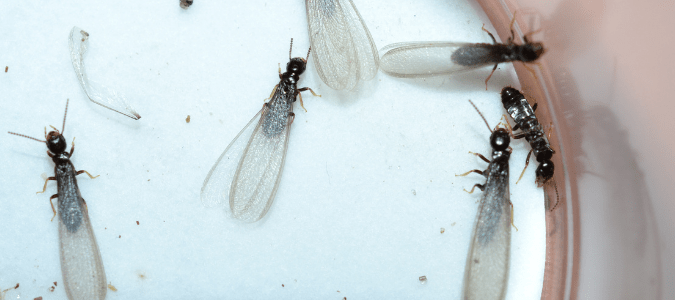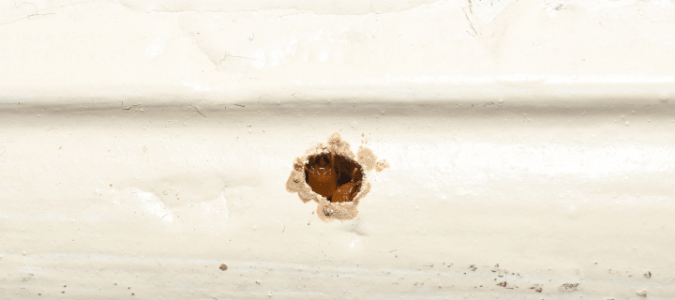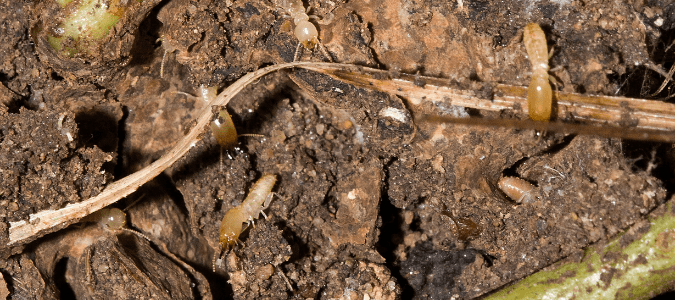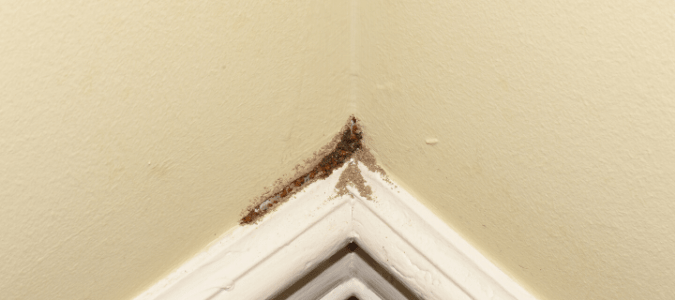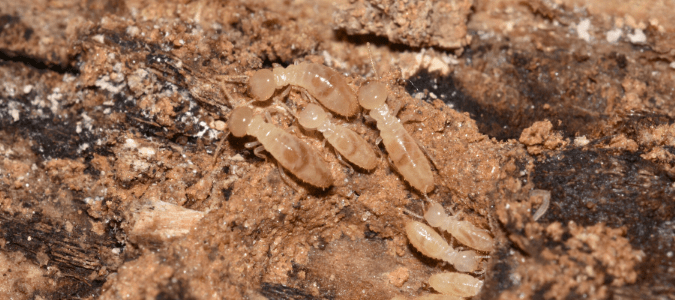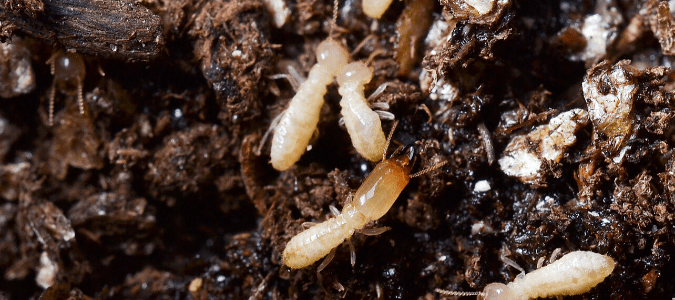Do Home Remedies for Termites Work?

If you spot termites in your home, what do you do? Across the internet, people have posted home remedies and do-it-yourself methods for tackling these pests. These techniques range from using vinegar to using the sun to using microscopic worms. However, not every method has been scientifically proven to work. Here’s a run-down of home remedies for termites to help separate fact from fiction.
Vinegar
One method you might have heard about is to spray pure vinegar or a mixture of vinegar and lemon juice onto the termites or possible infestation areas. Similarly, some articles mention spraying window cleaners containing ammonia on termites or on your walls. Liquids like vinegar or window cleaners can help kill termites if you spray it directly on them. But, you’ll want to keep in mind that subterranean termites that do the most damage live the majority of their lives underground.
That means that you are unlikely to … Read Full Post »
